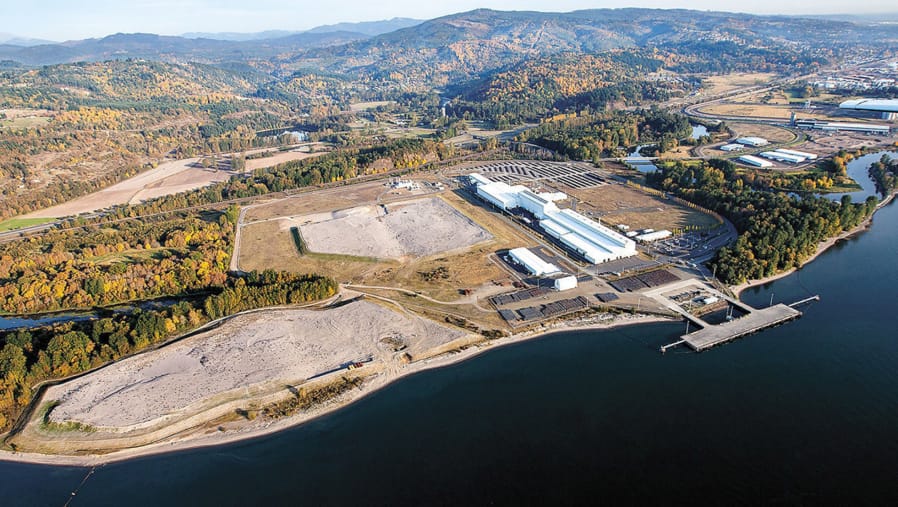LONGVIEW — Would Northwest Innovation Works’ proposed $1.8 billion methanol refinery add significantly to global warming?
Cowlitz County and the Port of Kalama have outlined a study that will attempt to answer that question. It’s the second time they’ll seek to do it in a way that satisfies state environmental regulators.
The study is part of a supplemental environmental review to address the state Shoreline Hearings Board’s decision to reverse two key shoreline permits the project needed to move forward.
The board last fall sided with a coalition of environmental groups who argued that the project’s first environmental review was inadequate because it did not account for all greenhouse gas emissions potentially related to the project.
The port announced Friday that the supplemental review will specifically cover:
Emissions potentially attributable to the project from natural gas production, including the hydraulic fracking process:
• On-site direct emissions from the plant.
• Emissions related to the purchase of power for the plant.
• Emissions related to the project’s construction.
• Emissions produced by shipping methanol to Asia.
• Emissions associated with changes in the methanol industry, and whether the plant would displace dirtier coal-to-methanol plants in China.
Northwest Innovation has already engaged Life Cycle Analysis & Environmental Consulting, a California-based firm, to conduct the analysis. No estimated completion date has been set. A public comment period will be held when a draft study is complete.
During a 30-day public comment period that ended on March 1, environmental groups had urged the port and county to conduct an entirely new review of the project.
A coalition led by Columbia Riverkeeper argued in a 37-page document that the new review should include analysis of whether the plant’s natural gas demands would reach or exceed the supply capacity of the Pacific Northwest’s gas infrastructure.
(The plant would convert natural gas into methanol, and it would use enough gas to supply 1.6 million homes annually.)
The group also argued the review should study whether the plant would lead to an increase in gas wells, natural gas production and fracking activity.
“We’re happy to see them move forward with a life cycle greenhouse gas assessment,” Miles Johnson, a Columbia Riverkeeper attorney, said in an interview Friday.
But Johnson said the coalition — which prevailed before the Shoreline Hearings Board last fall — will challenge the project again if its reviews do not meet the state’s environmental protection laws.
“We look forward to seeing (the study) … and we’ll reserve judgment until we see the assumptions that go into it,” he said.
Meanwhile, lawyers for the port and county will argue in Cowlitz County Superior Court next Tuesday that the the project’s first environmental review complied with state law. The first review relied on a state Department of Ecology guidance document that was later removed from the agency’s website.
Northwest Innovation Works would use new technology it says would cut greenhouse emissions by 31 percent compared to traditional manufacturing methods.
Proponents have argued the project would help China reduce its climate change impacts by replacing coal-based methanol with natural gas-based methanol. Additionally, the state Department of Ecology would require Northwest Innovation to reduce greenhouse gas emissions by 1.7 percent annually until 2035.
The plant would create 190 permanent jobs and 1,000 construction jobs, according to its original EIS. Critics note the first EIS also shows the plant would produce the equivalent emissions of 260,000 passenger cars, boosting the state’s annual greenhouse emissions by 1.28 percent. A full life cycle analysis will reveal that total emissions related to the project would be much higher, they argue.



